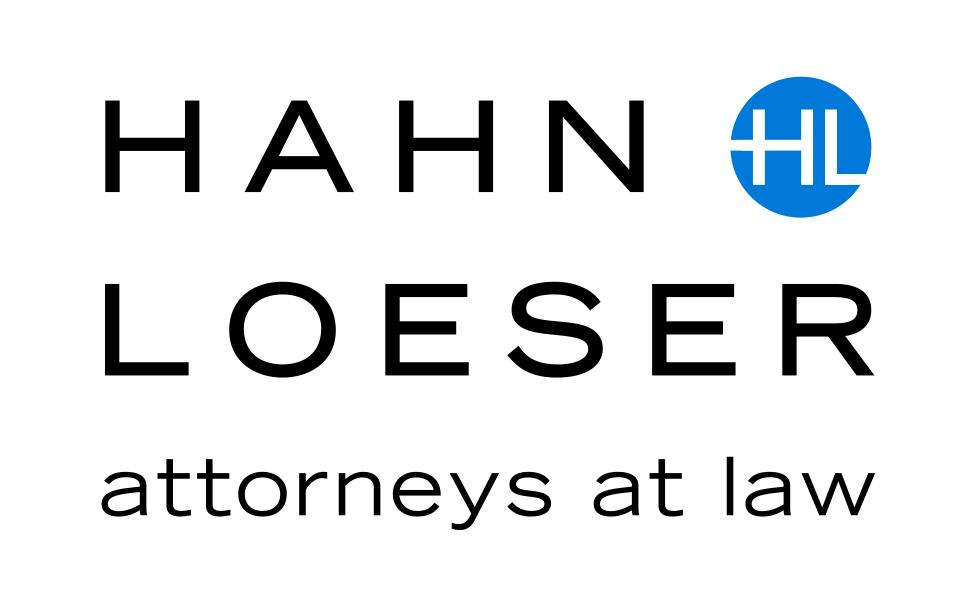The U.S. Supreme Court last week in FTC v. Actavis, Inc. adopted a “rule of reason” test for determining the legality of a “reverse payment” settlement of “paragraph IV” infringement litigation between a branded drug manufacturer and its generic competitor. Although the adoption of a “rule of reason” test is usually hailed as good news for businesses, there is reason to be more cautious in this market context. Typically, the “rule of reason” is invoked in lieu of rule holding a particular type of restraint, such as vertical price fixing, per se illegal. E.g. Leegin Creative Leather Products, Inc. v. PSK, Inc., 127 S. Ct. 2705 (2007). However, the Actavis decision means that in most circuits examining “reverse payment” settlements, a rule of reason analysis will replace a rule of presumptive legality. Actavis was a victory for the Federal Trade Commission (FTC), and enlarges the opportunity for antitrust class actions. Negotiating a resolution to paragraph IV infringement cases may become more demanding. More significantly, because a rule of reason analysis requires examination of all of the facts and circumstances that may bear on anticompetitive intent and effect, the number of follow-on antitrust cases may increase, and fewer will be subject to early dismissal.

